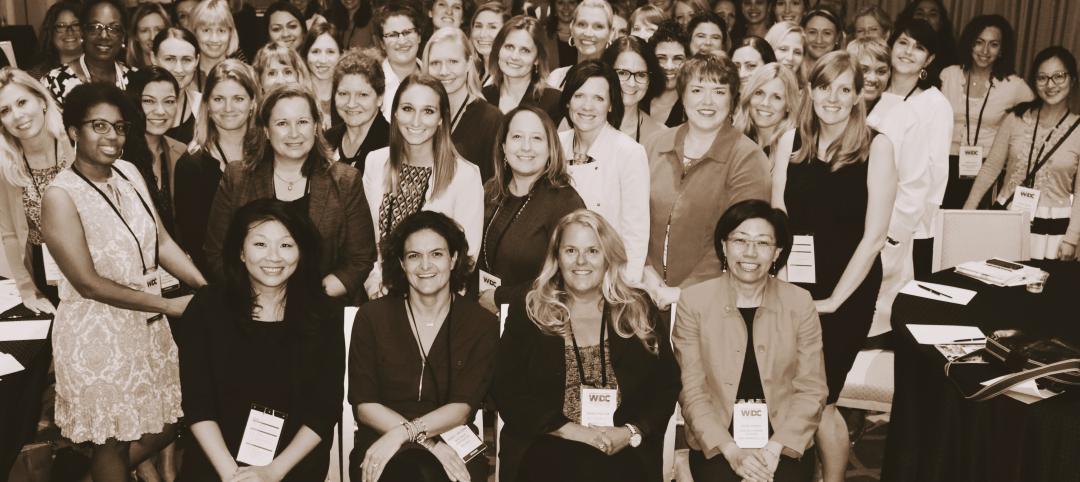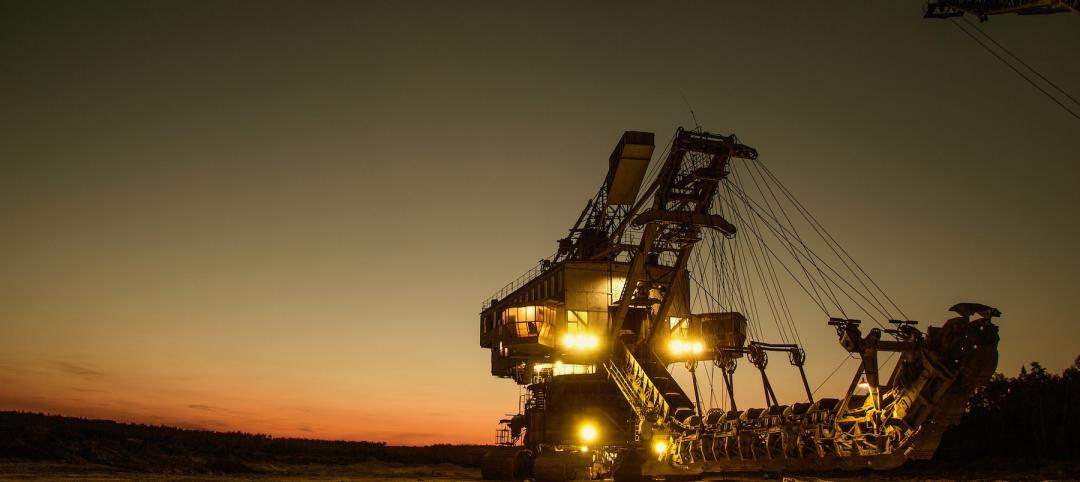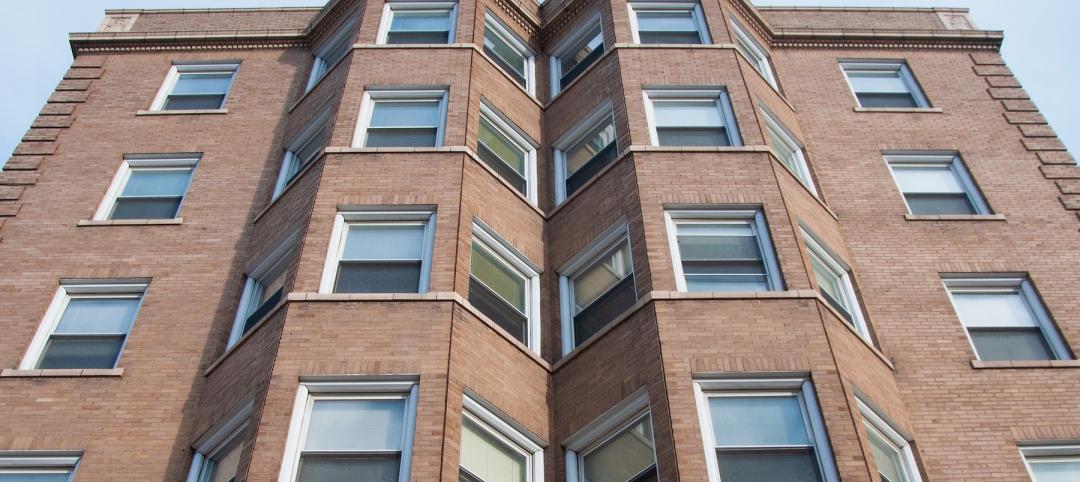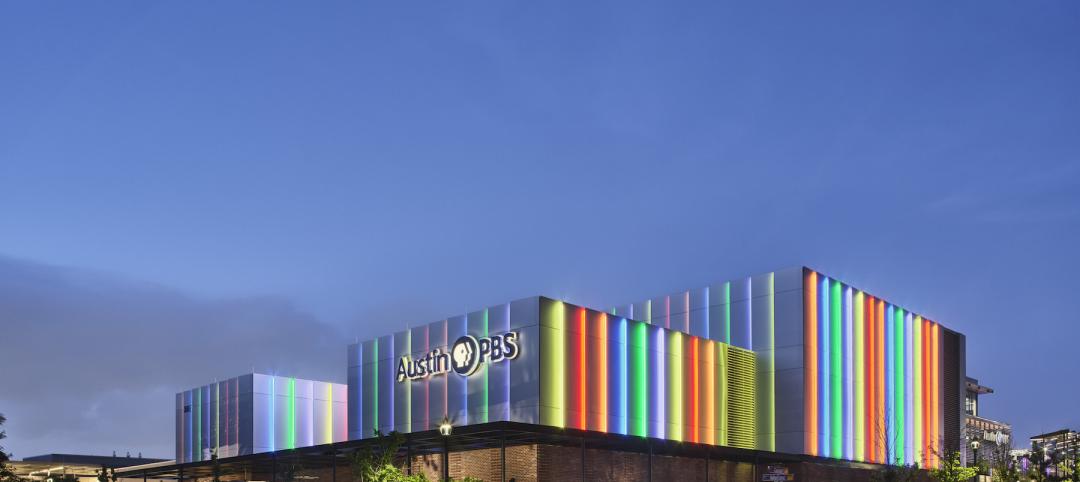The American Concrete Institute (ACI) and Concrete Reinforcing Steel Institute (CRSI) announce the launch of the new Adhesive Anchor Installer Certification program.
In the summer of 2006, a portion of the concrete ceiling of the Central Artery/Tunnel Project in Boston, Mass., also known unofficially as the “Big Dig,” collapsed, killing a motorist and injuring another. The National Transportation Safety Board (NTSB) released its accident report soon after and made recommendations to several parties, including the American Concrete Institute. The recommendation to ACI was to use its “building codes, forums, educational materials, and publications to inform design and construction agencies of the potential for gradual deformation in anchor adhesives under sustained tensile-load applications.”
“As part of the process of adopting the design procedures into the ACI 318 Building Code, it became clear to the ACI 318 Code Committee members that a certification program was imperative for successful installation of these anchors under certain conditions,” explained Neal Anderson, CRSI Vice President of Engineering. “This connection type should be thought of as being similar to a structural weld, in that an adhesive anchorage is usually a key load carrying connection in a structure. As such, proper training and certification is crucial for its proper installation.”
As part of the overall response to the recommendations of the NTSB, ACI has partnered with the Concrete Reinforcing Steel Institute (CRSI) to develop a certification program for Adhesive Anchor Installers. Additionally, Adhesive Anchor Installer Certification is a new requirement in ACI 318-11, Building Code Requirements for Structural Concrete, for anchorages in sustained tension loading conditions and installation orientations from horizontal to vertically upward (overhead). ACI 318-11 was recently released.
To satisfy the new ACI 318-11 certification requirements, the following components of the ACI / CRSI certification program were developed by ACI Committee 601-A and its main oversight body, ACI CPC – Certification Program Committee:
• Development of a 75-question written examination – The exam covers information on adhesive concrete anchor installation in regards to preparing for installation, drilling anchor holes, cleaning anchor holes, injecting adhesive using cartridge systems, installing adhesive capsule systems, and installing anchors. The exam was developed under the direction of Professional Testing Services of Orlando, Fla., in accordance with recognized ANSI guidelines.
• Development of a performance exam – Candidates must be able to read, comprehend, and execute the generic Manufacturer’s Printed Installation Instructions (MPII) for the installation of an anchor in a vertical-down position, and the ability to inject adhesive to the proper depth into simulated holes in an overhead (vertical-up) position with both a rigid applicator tip and flexible stinger end with piston plug in a manner that produces results meeting program requirements.
The performance examination required creation of a generic MPII, representing the combined content of typical MPIIs from the various anchor manufacturers. In working with the Concrete Anchor Manufacturers Association (CAMA), a generic set of installation instructions was developed for use the performance portion of the certification program.
ACI and CRSI completed two pilot programs earlier this year with a total of 35 participants taking both the written and performance examinations. Based on the results of the pilot programs, passing score criteria were finalized for both the written and performance components of the exam.
At the present time, the ACI/CRSI Adhesive Anchor Installer Certification program is going to market in specific geographical areas. Typically, ACI Certification programs are sponsored and conducted by Local Sponsoring Groups (LSGs), which include ACI chapters and other concrete-related businesses and associations around the world. To date, more than 30 LSGs have signed on to prepare and eventually conduct this certification program. Presently, the following groups have undergone the LSG orientation class and are currently positioned to offer the Adhesive Anchor Installer Certification program: ACI Illinois Chapter, ACI Eastern Pennsylvania & Delaware Chapter, and the ACI San Diego International Chapter. Other LSGs are in the process of being oriented into the program mechanics. The phase-in period is expected to be commensurate with the adoption of ACI 318-11 into revised editions of local building codes and/or incorporation of the requirements into project construction documents by licensed design professionals.
As with many of ACI’s certification programs, a training program is currently in development for the Adhesive Anchor Installer Certification program to allow certification candidates to train and study before taking the certification tests.
The training program is expected to be ready by the end of 2011.
A directory of ACI Local Sponsoring Groups that conduct certification testing can be found by visiting the following website: http://www.concrete.org/CERTIFICATION/CERT_SPON.HTM. BD+C
Related Stories
Women in Design+Construction | Jul 18, 2022
Registration is open for BD+C's 2022 Women in Design+Construction Conference
Join your AEC industry peers in Chicago, September 26-28, 2022, for the 7th annual Women in Design+Construction Conference, hosted by the BD+C editorial team and the 35-person WIDC Advisory Board.
Airports | Jul 18, 2022
FAA will award nearly $1 billion for airport projects
The Federal Aviation Administration (FAA) will award nearly $1 billion to 85 airports of all sizes across the country to improve terminals.
Building Team | Jul 18, 2022
Understanding the growing design-build market
FMI’s new analysis of the design-build market forecast for the next fives years shows that this delivery method will continue to grow, despite challenges from the COVID-19 pandemic.
Mixed-Use | Jul 18, 2022
Mixed-use development outside Prague uses a material made from leftover bricks
Outside Prague, the Sugar Factory, a mixed-used residential development with public space, marks the largest project to use the sustainable material Rebetong.
Building Team | Jul 15, 2022
ABC: Construction materials prices increased in June, up 20% from a year ago
Construction input prices increased 1.9% in June compared to the previous month, according to an Associated Builders and Contractors analysis of U.S. Bureau of Labor Statistics’ Producer Price Index data released today.
Arenas | Jul 15, 2022
U. of Oregon renovation aims for ‘finest track and field facility in the world’
The renovation of the University of Oregon’s Hayward Field had the goal of creating the “finest track and field facility in the world.”
Building Team | Jul 14, 2022
ABC’s construction backlog inches lower in June; Contractor confidence falters
Associated Builders and Contractors reports today that its Construction Backlog Indicator fell 0.1 months in June and stands at 8.9 months, according to an ABC member survey conducted June 21 to July 5.
Sustainable Development | Jul 14, 2022
Designing for climate change and inclusion, with CBT Architects' Kishore Varanasi and Devanshi Purohit
Climate change is having a dramatic impact on urban design, in terms of planning, materials, occupant use, location, and the long-term effect of buildings on the environment. Joining BD+C's John Caulfield to discuss this topic are two experts from the Boston-based CBT Architects: Kishore Varanasi, a Principal and director of urban design; and Devanshi Purohit, an Associate Principal.
Multifamily Housing | Jul 14, 2022
Multifamily rents rise again in June, Yardi Matrix reports
Average U.S. multifamily rents rose another $19 in June to edge over $1,700 for the first time ever, according to the latest Yardi® Matrix Multifamily Report.
Building Team | Jul 14, 2022
Austin PBS gets a new state-of-the-art facility with three studios
Since the 1970s, Austin PBS, birthplace of the Austin City Limits TV series, has been based inside the communications building on the University of Texas campus—a space it has long outgrown.

















